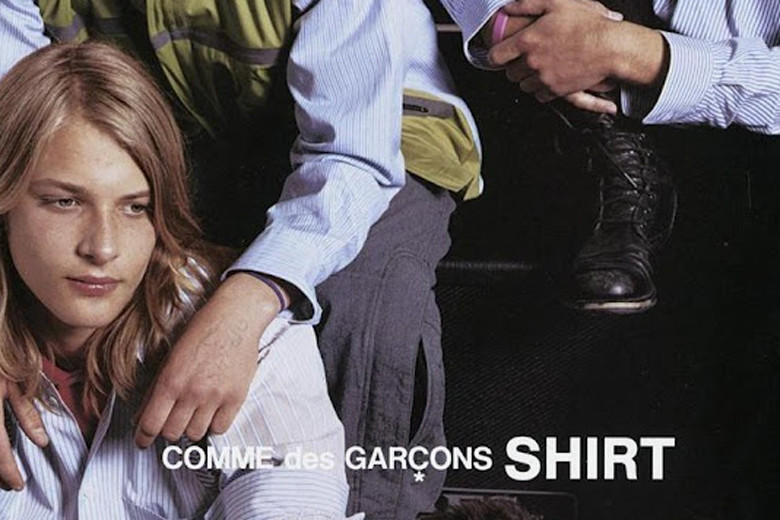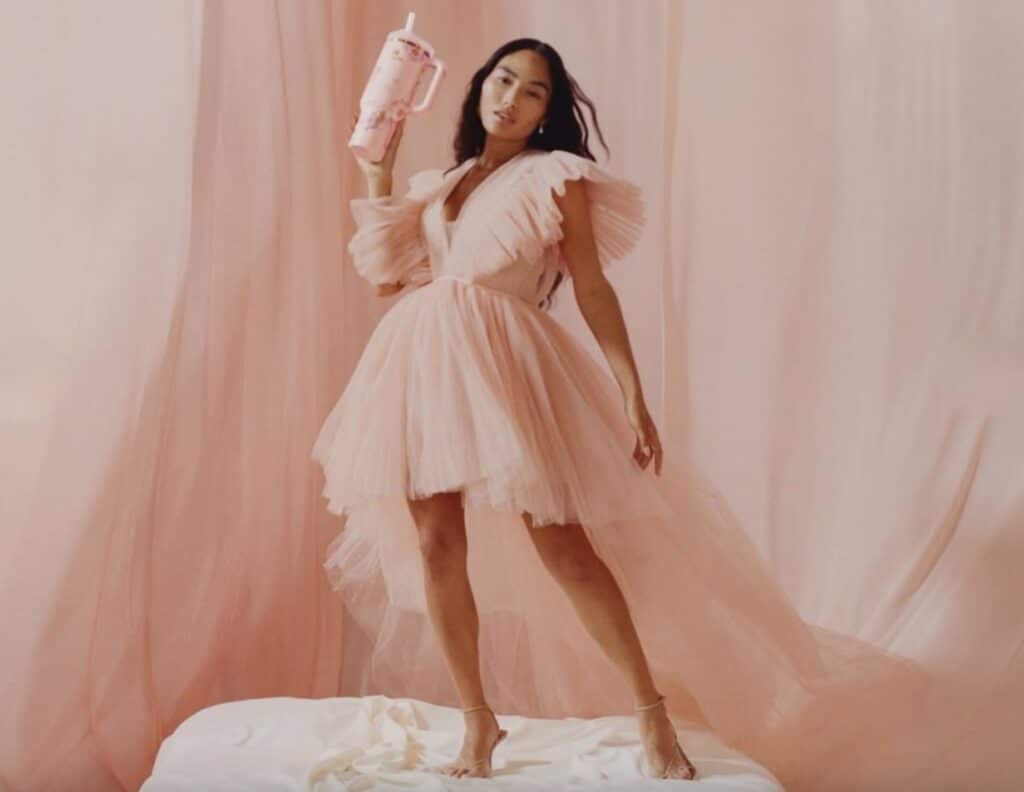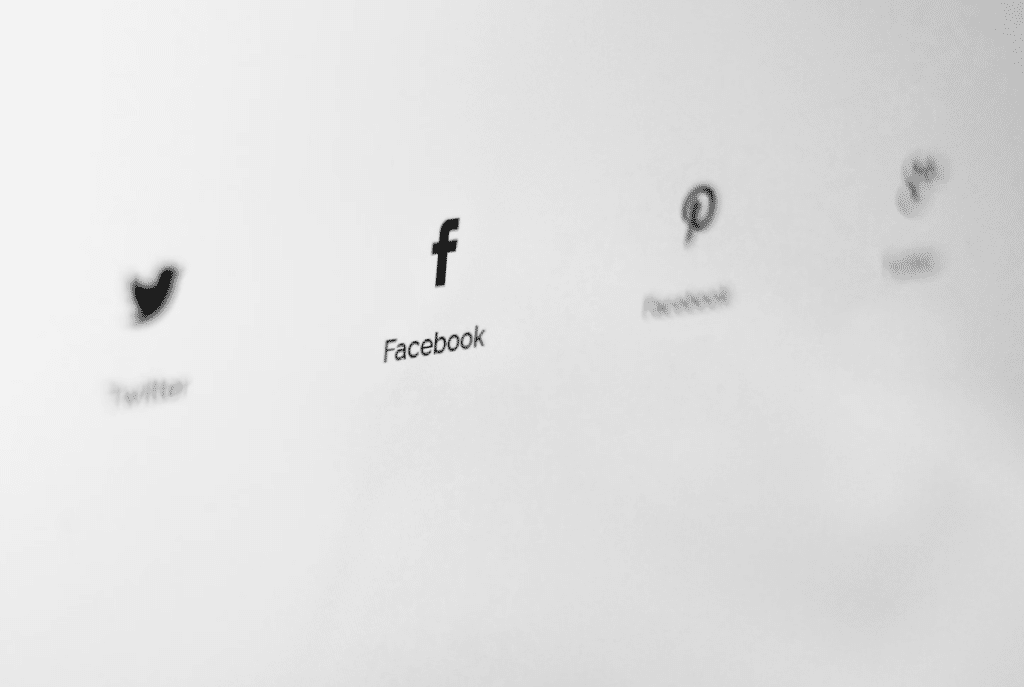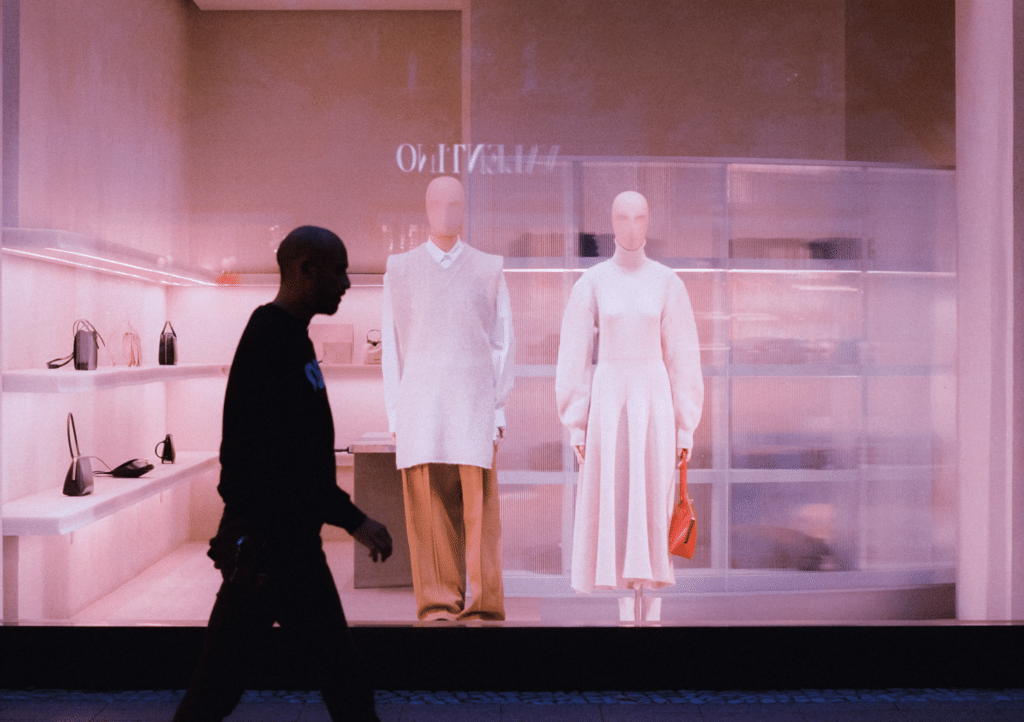On the heels of this year’s Metropolitan Museum of Art Costume Institute Gala, which celebrated the launch of an exhibit showcasing the work of Rei Kawakubo, the Comme des Garçons mastermind is coming under fire for allegedly casting zero models of color in the past ten years. Such news comes coincides with the continued discussion of the importance of diversity in fashion casting.
According to Justin Moran, writing for Out.com, “Using Vogue Runway’s running archive of all CdG collections, we checked every season for the last decade to see if Kawakubo had, in fact, excluded Black models from her presentations. Based on our findings, you’ll find that in a full 10 years of fashion shows, or 39 productions total, zero Black models were [included] on CdG’s runway, underlining an age-old whites-only policy plaguing fashion.”
Kawakubo has included Asian models in seasons’ runway line ups, models of varying ages (you may remember the older men that walked in the brand’s Fall/Winter 2007 menswear show), and models of color in ad campaigns from time to time (Comme des Garçons’ 1994 *parfum ad by Marc Atlan and Keizo Kitajima, for example). However, since Veronica Webb walked in the Comme des Garçons’ Spring/Summer 1992 show, its runways have been largely, although, not entirely whitewashed.
(Editorial Note: Out.com fails to consider model Anna Cleveland, daughter of African-American supermodel Pat Cleveland and Paul van Ravenstein, in its calculations. Cleveland opened and closed Comme des Garçons’ Fall/Winter 2016 show).
While shocking, Comme’s casting is not terribly unlike other brands in the fashion industry, where diversity – particularly in terms of race – is sorely lacking. Just three non-white women snagged a spot on the 20 world’s highest paid models list of 2016, according to Forbes. For the first time in history, according to The Fashion Spot’s Spring/Summer 2017 runway report, more than 25 percent of models used in the Spring 2017 season were non-white.
During the S/S 2017 season, 74.6 percent of the models were white and 25.4 percent were women of color, a small increase on last season where 75.3 percent of the models were white. Kanye West’s Yeezy Season 4 was the most diverse sending 97 percent models of color down the runway. His controversial season 3 show featured entirely non-white models. And off the runway, the stats are not much better. Several magazines managed to book exclusively white cover stars last year, according to TheFashionSpot’s annual Magazine Diversity Report. Among them: Industry darling LOVE.
To make matters worse, the quarterly has featured a cover model of color in at least three years. Vogue Germany, Vogue Netherlands, Vogue Russia, Harper’s Bazaar U.S. and Porter also limited their covers to white, cisgender, straight-sized models. (Vogue Russia for the third year in a row; Harper’s Bazaar U.S., Porter and Vogue Netherlands all for the second time since 2014.)











